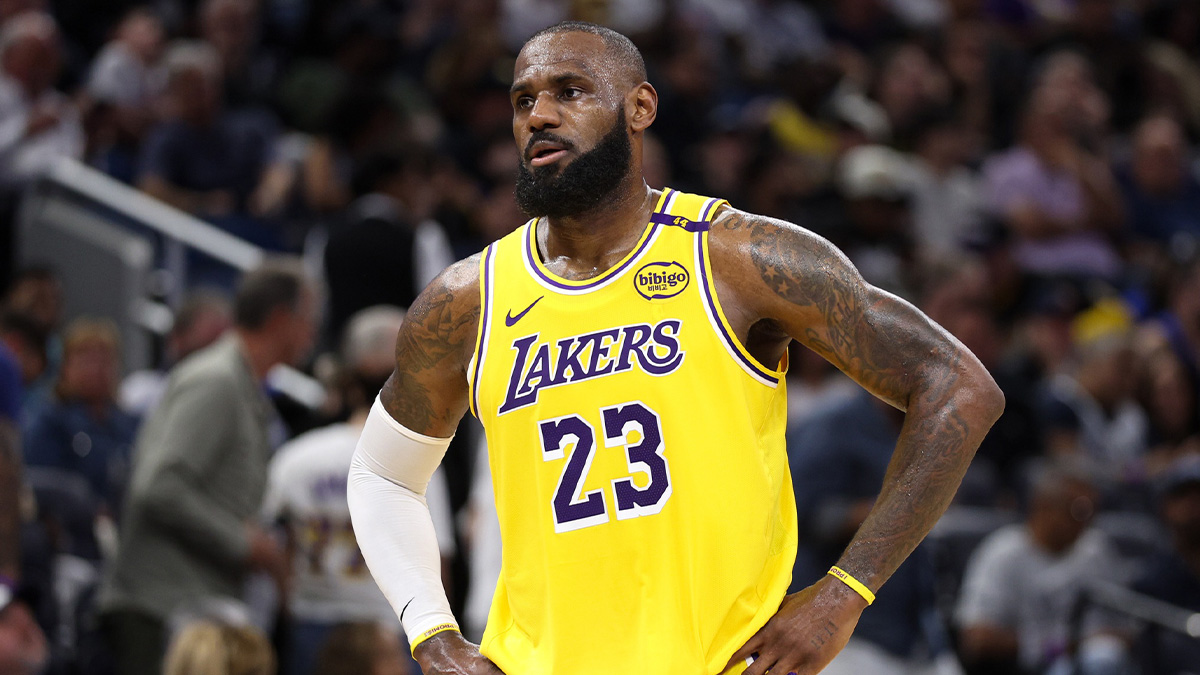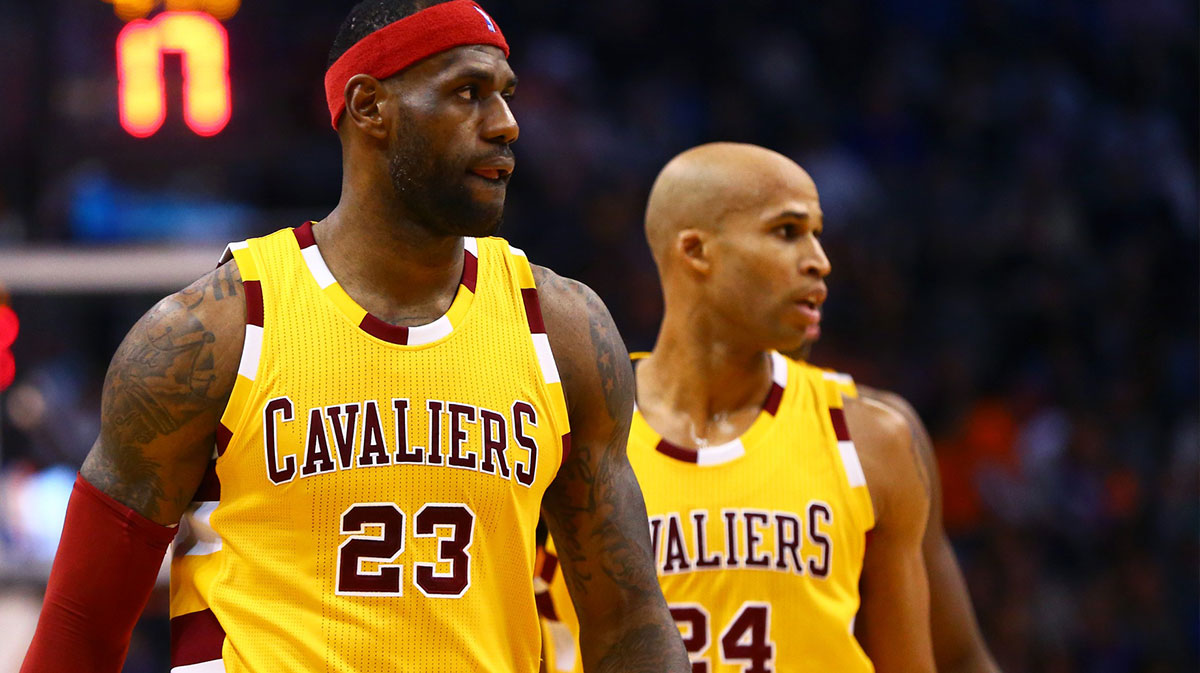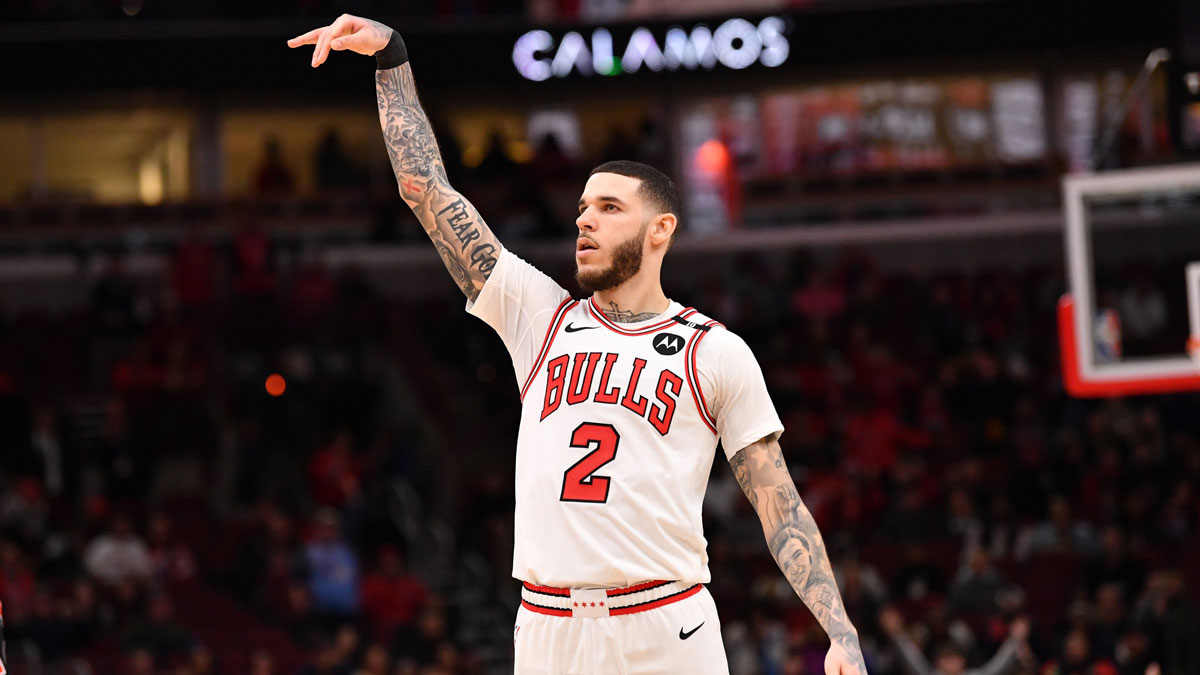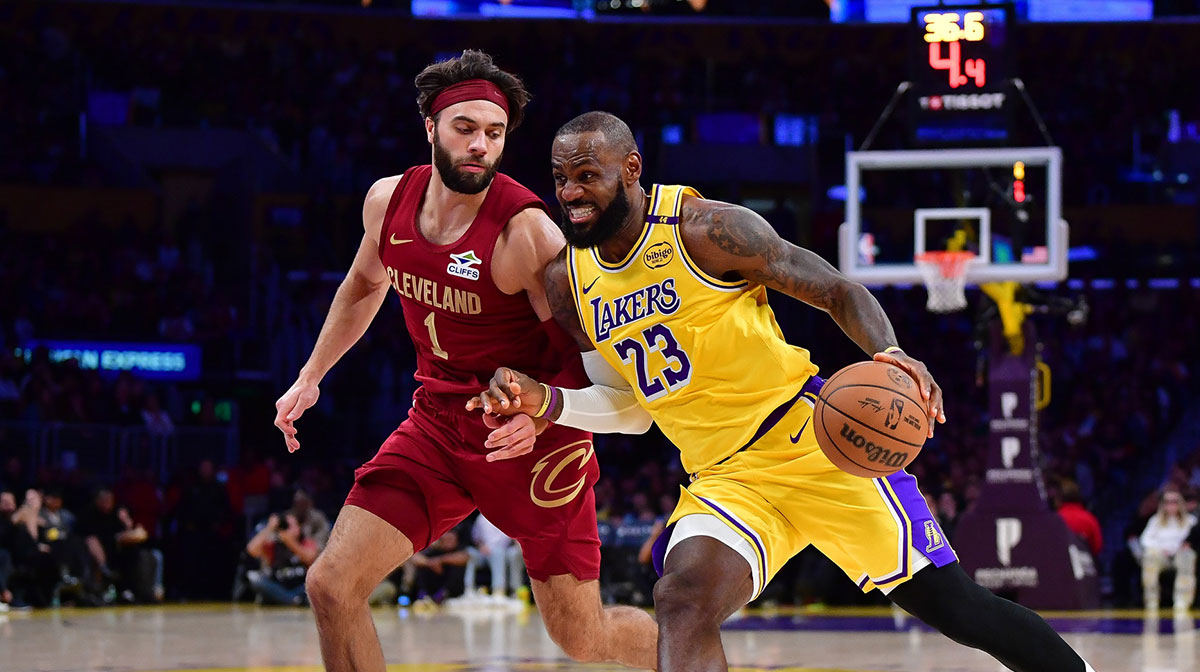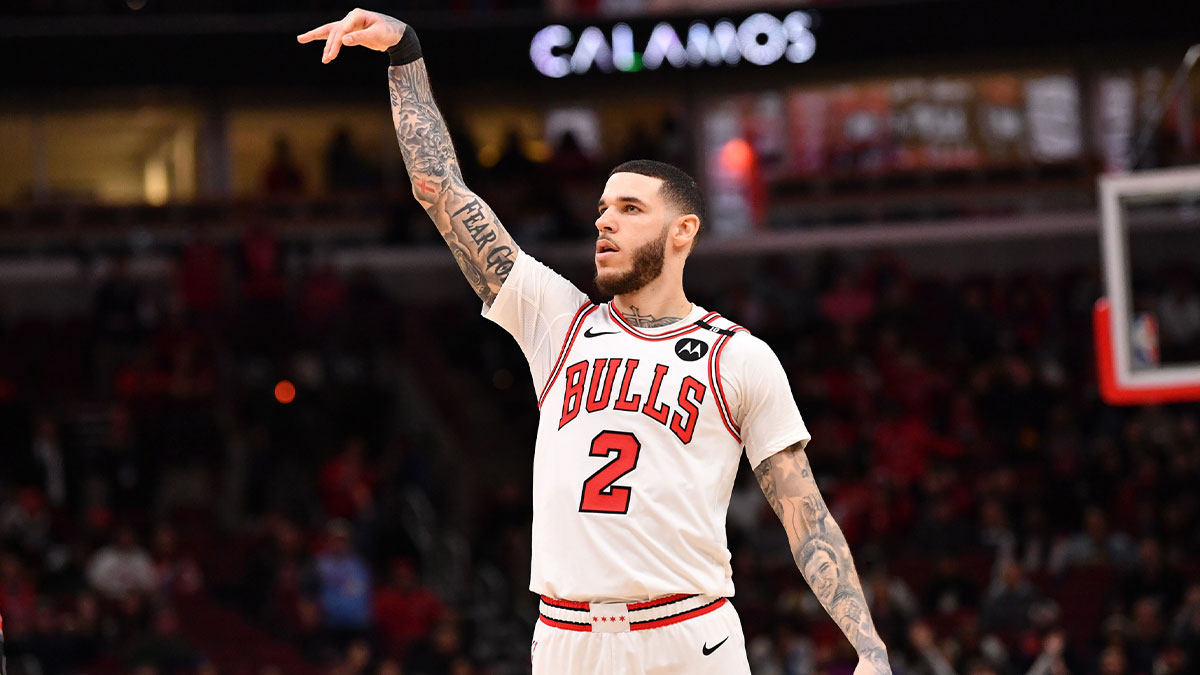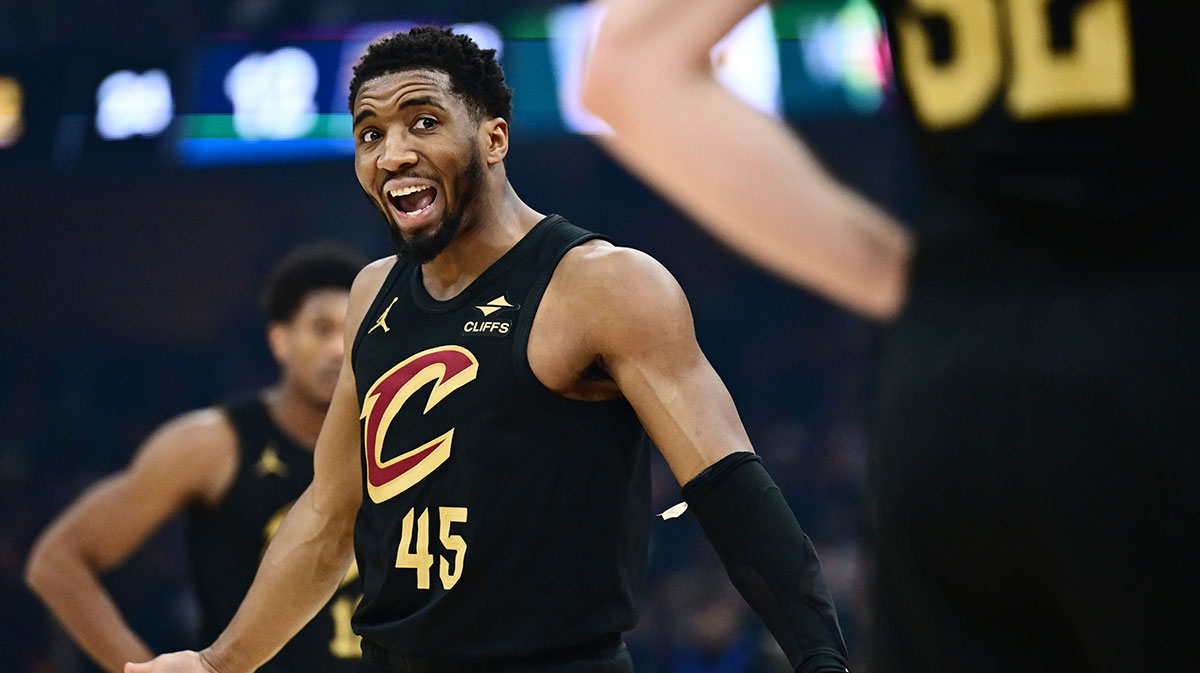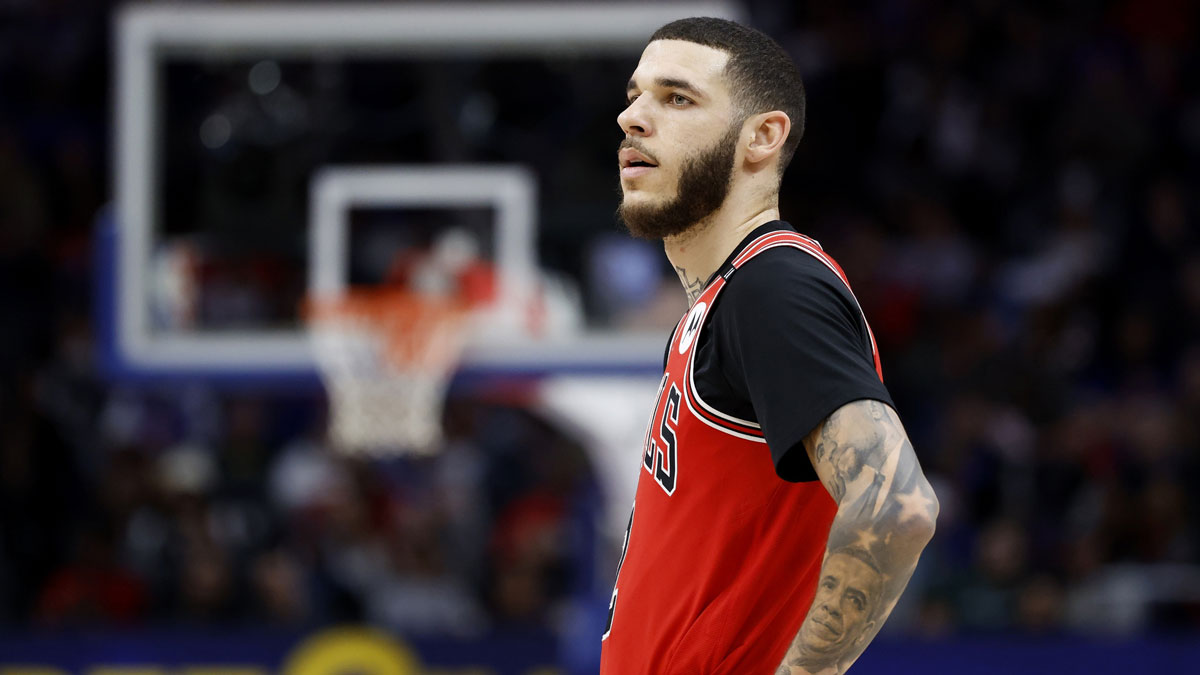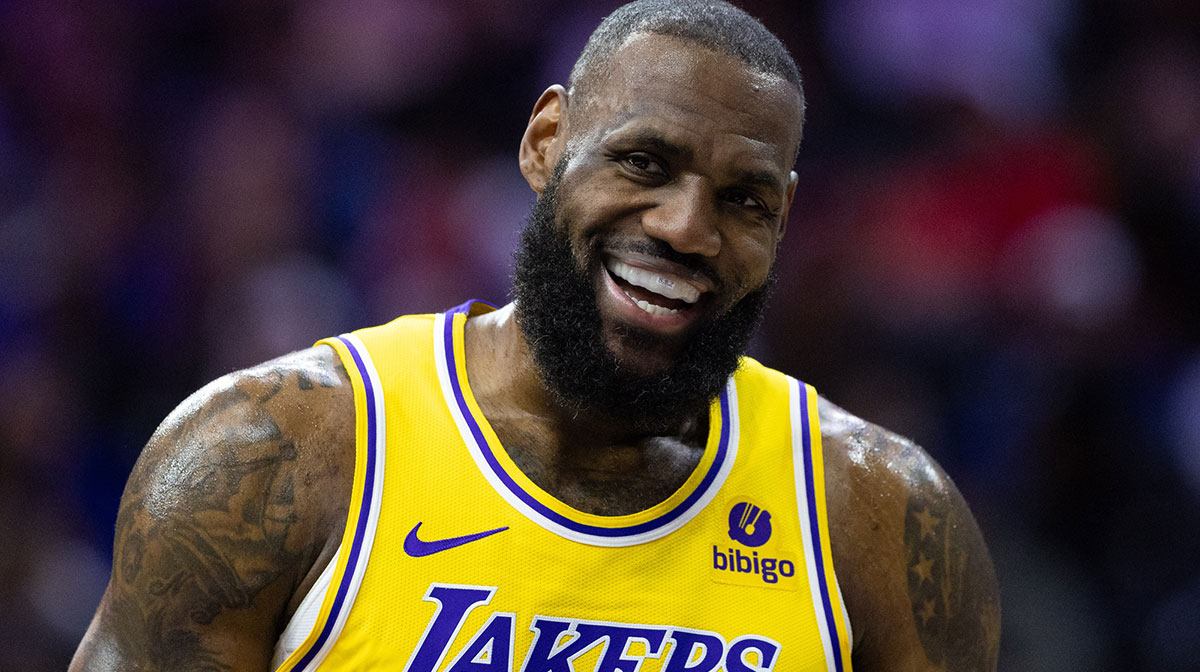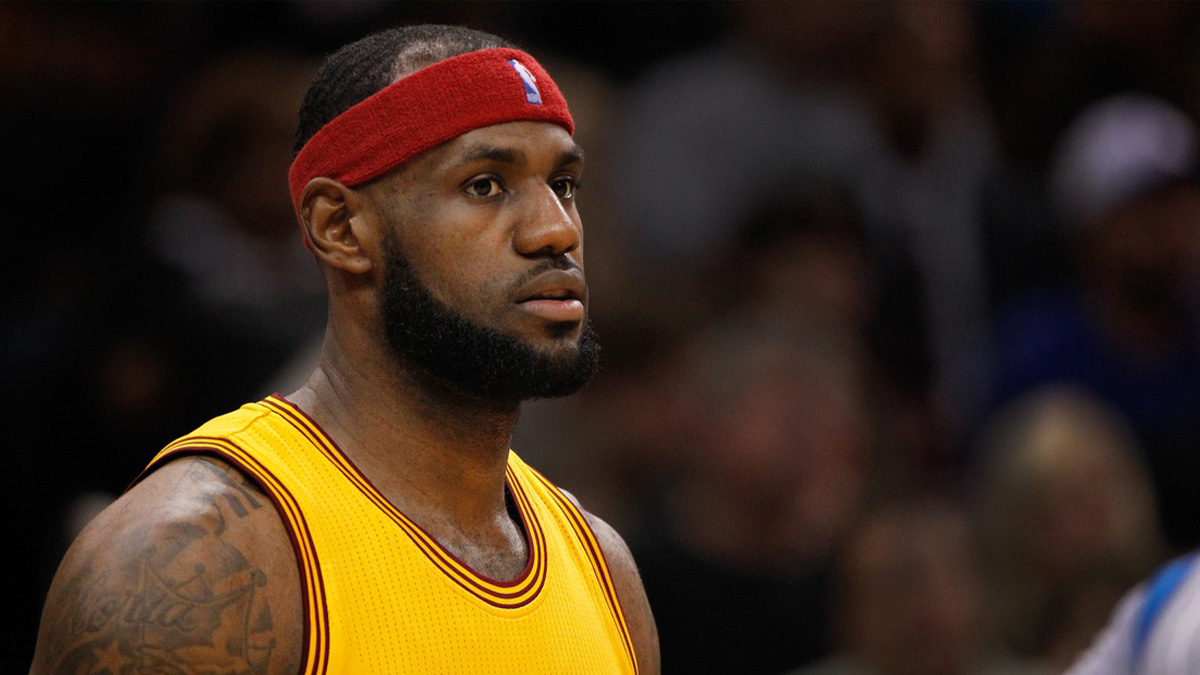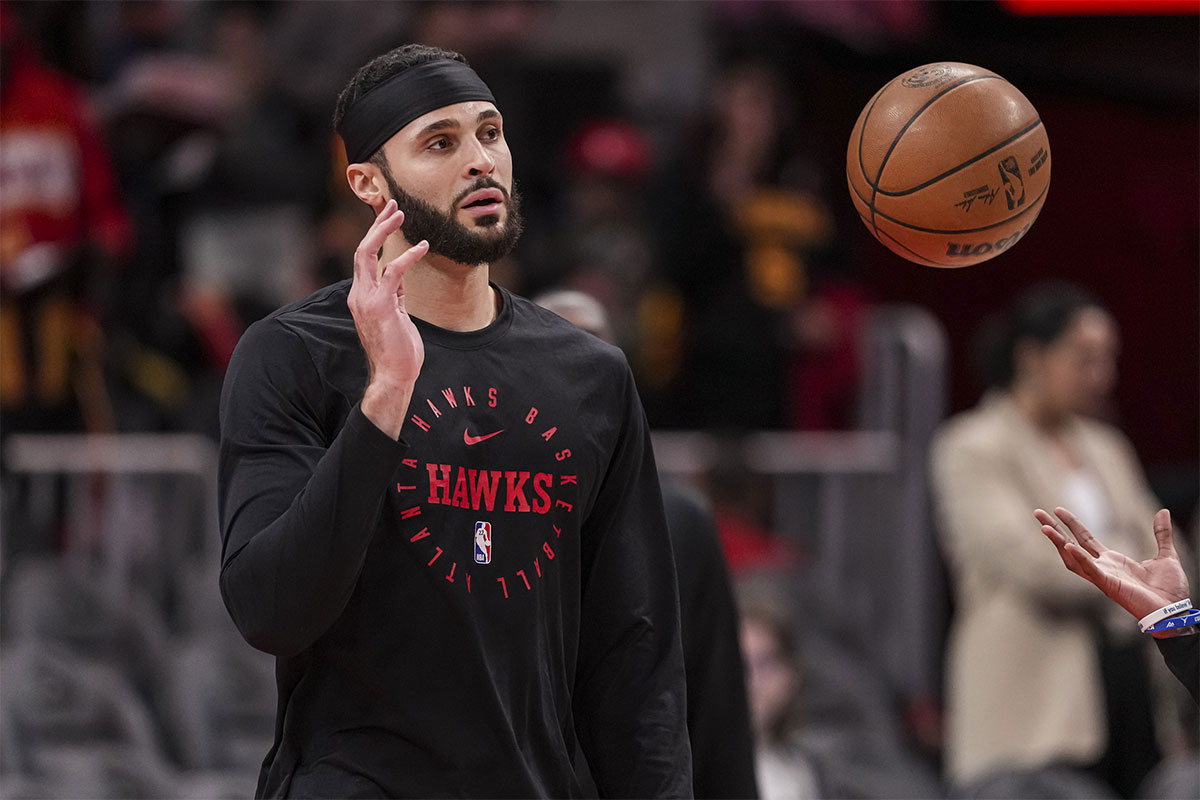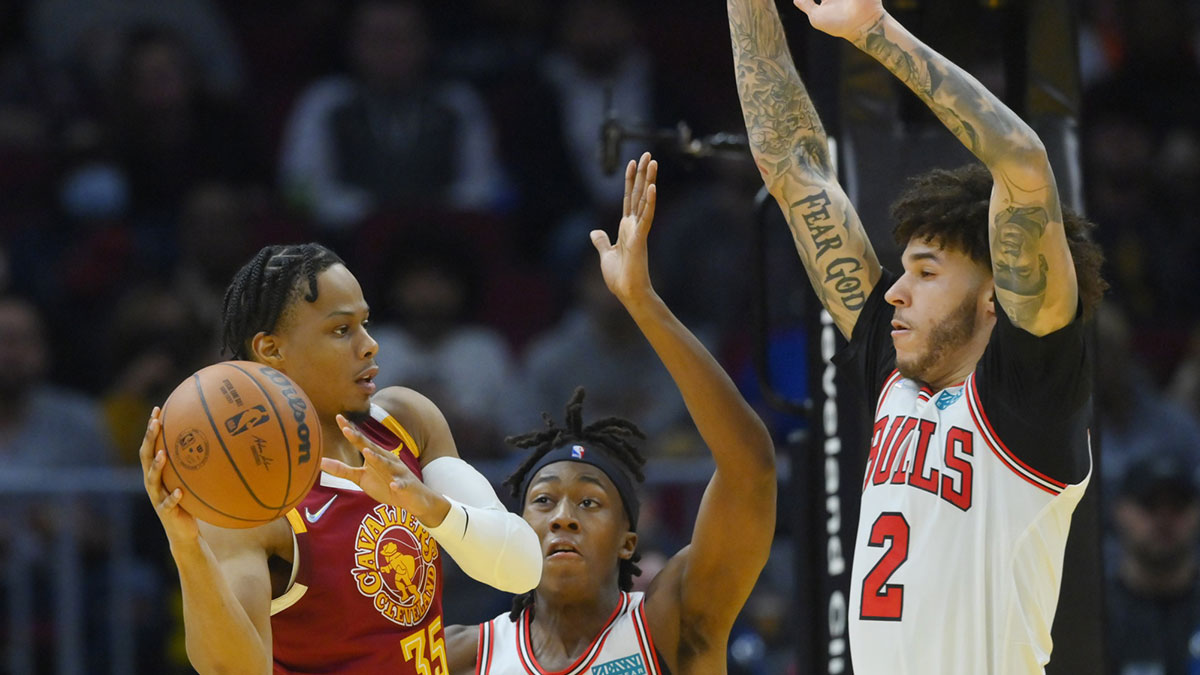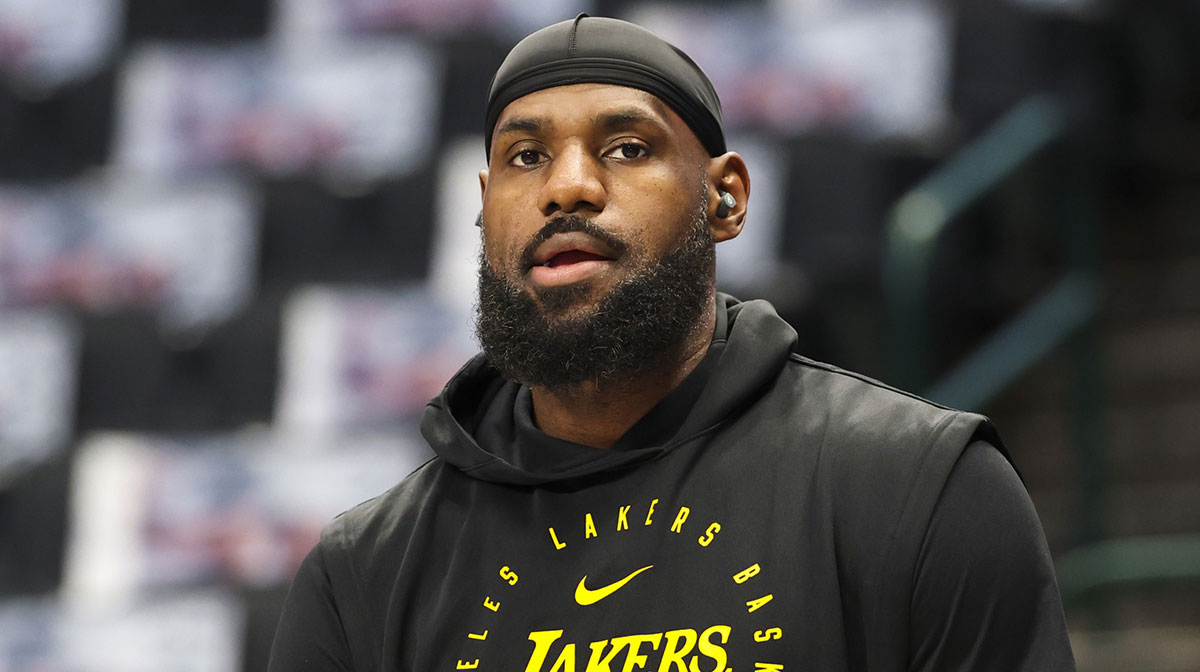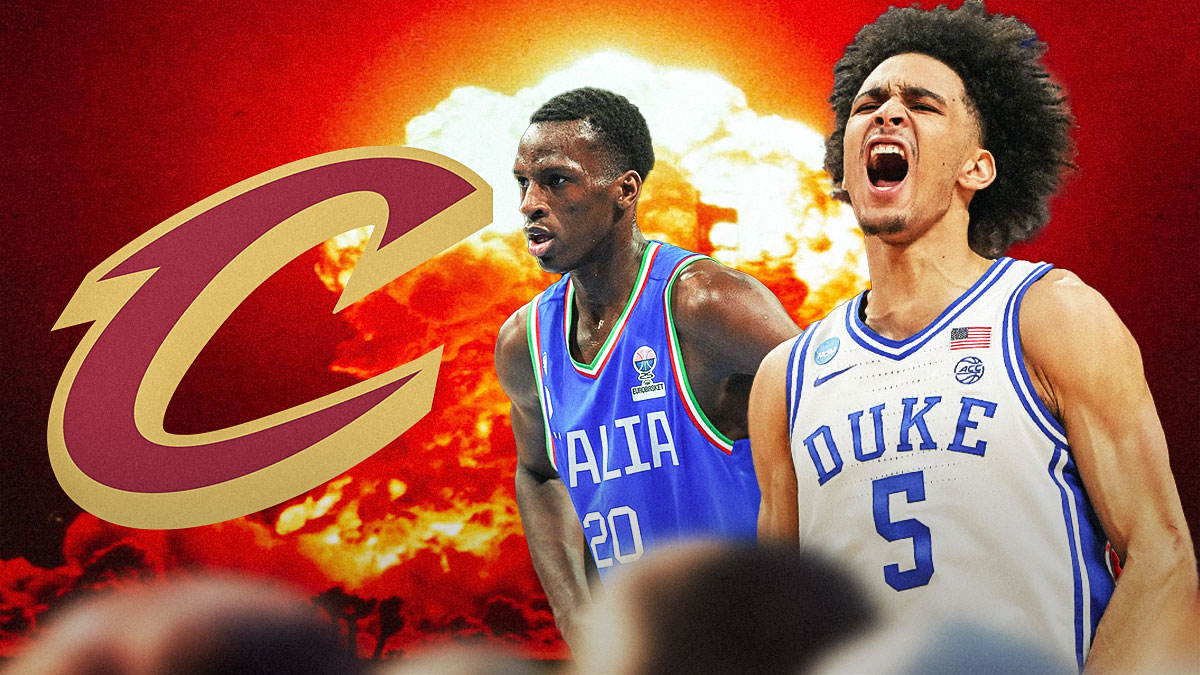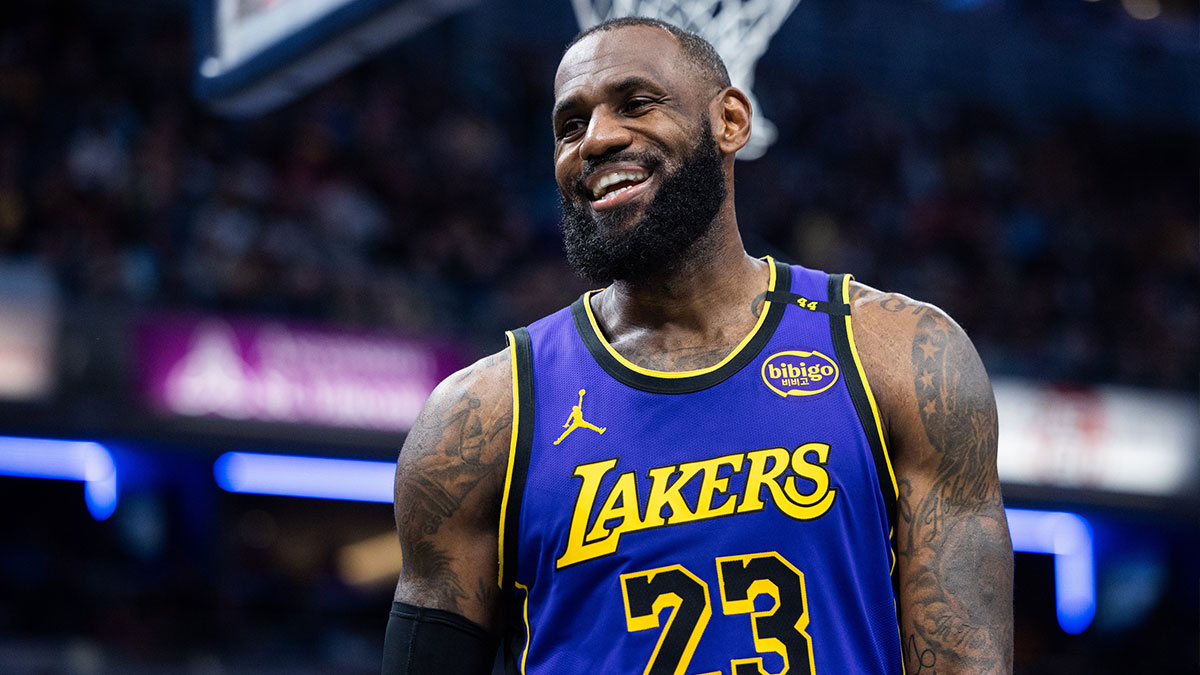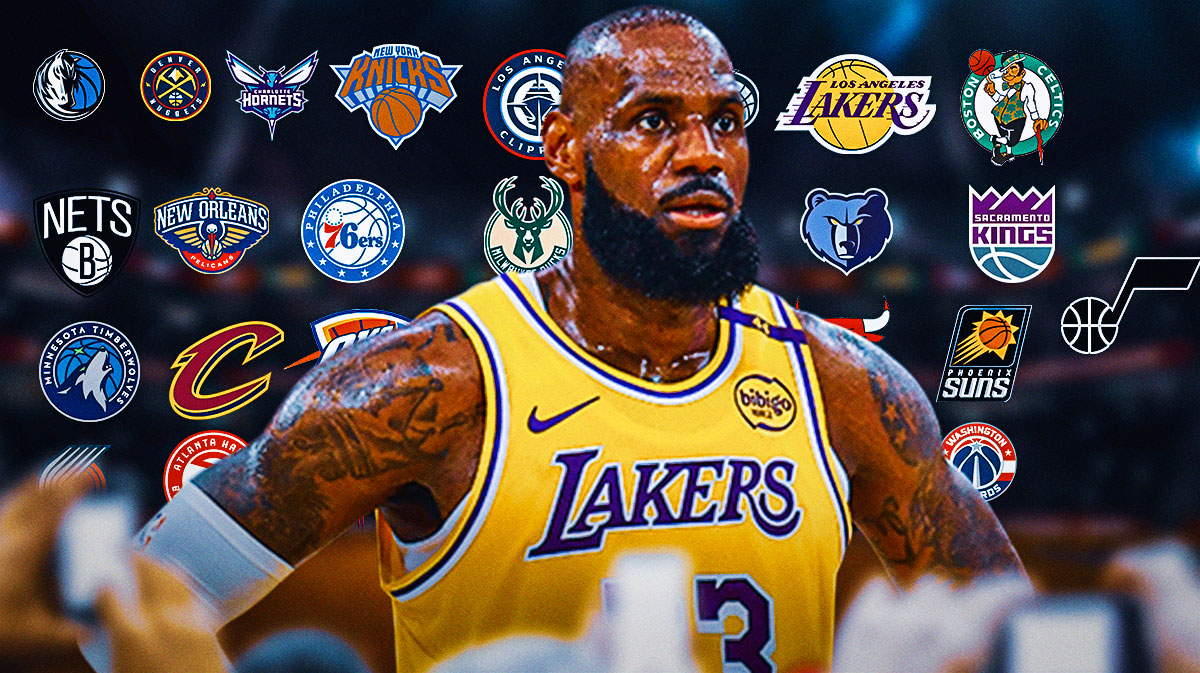Spoiling a playoff career-high for LeBron James feels like a crime. Heading into Game 1, James's teams were 23-7 in the regular season and playoffs when he scored at least 45 points. When he poured in at least 50, they were 9-0. The Cleveland Cavaliers' supporting cast couldn't help itself.
The mistakes came in all forms. A handful of transition lapses on defense, blowing half-court switches on Golden State's deadly snipers, and a hideous amount of missed shots Cleveland would trust any day of the week. Of course, the biggest mistakes came from George Hill's missed free throw and J.R. Smith unconscionably losing track of the score in the closing seconds.
It's impossible to not sympathize with LeBron James after this Finals masterpiece, even in a loss. On top of scoring 51 points, he had eight assists producing 19 points, giving him 70 points generated. For the playoffs, he's averaging 56.2 points created per game. For him to greatly exceed that and come up with a loss is understandably crushing and deflating for the team.
Plus, the Cavs devised the perfect gameplan for the Golden State Warriors and checked all of the necessary boxes to throw them off their game. Along with James elevating his individual play beyond the 2016 Finals (already an absurd benchmark), Cleveland needed to drill down on three things. They had to slow the game down to a mid-2000's snail's pace, give themselves multiple opportunities through offensive boards, and use James as a pick-and-roll predator on Golden State's defensive outliers.

For essentially every one of the 48 minutes James was on the floor, they were sending Stephen Curry's man to screen at the top of the key, hellbent on getting the smaller guard switched on to James. It worked the other way, too, with Kevon Looney, David West, Jordan Bell, and JaVale McGee being forced to defend James in space — with multiple shooters on the perimeter preventing the Warriors' best defenders to cheat inside and truly shadow LeBron's drives.
While Curry may not have been forced into the switching action at the same volume Houston attacked, it's undoubtedly a more difficult task for him to contain LeBron James than it is James Harden.
Harden's tendencies were more predictable and easier for Curry to read, not to mention the obvious size disparity.
The amount of gravitational pull on any LeBron drive is unbelievable. It bends a defense to the same degree as Curry route-running through screens and operating in the pick-and-roll himself. It's the built-in fear and sense of inevitability that creeps in when LeBron puts his head down and bulldozes his way to the paint. Every opposing coach — and defender on the floor — is aware that extra bodies have to leave the wings and corners, and it's hard to accept that whenever you know he's one of the three greatest playmakers in history.
James drove to the basket 34 different times in Game 1. What makes him such a tough cover is he passes out of those at nearly the same rate he shoots. He was 9-of-15 (60 percent) from the field when attempting to score on those drives, while drawing three fouls. While 18 of those 34 drives were shooting opportunities, he passed on 12 of them. That's over 35 percent of the time he's kicking it out to shooters or finding his center in the dunker spot — giving the defense a variety of weapons to consider.
Because his larger frame allows him to knock Curry off his path by a few inches, James didn't have much of a problem getting to the rim once he got that switch.
Just take his go-ahead fourth quarter drive for example, which resulted in him turning into a leviathan and getting a three-point play. By making Durant's defensive presence obsolete by forcing the switch and sending J.R. Smith to the weak side, he's able to get downhill after beating Curry with a step and using his body:
Right as James gets the switch, Jeff Green knows to clear the strong side and go to the left dunker slot, taking Looney deep into the paint. James starts his drive when Looney is at his lowest point, and knows he only has one man to beat (and overpower) at the rim. It's remarkable he has enough energy in his 43rd minute of carrying this team to finish something this insane.
Before that possession, however, Curry had squared up with James on the switch and contained his drive to the best of his ability. Curry stays with him step-for-step, while Durant sneaks inside for potential help:
If the possession works perfectly, that's a wide-open shot by Jeff Green that Golden State may live with. As stated in my preview column, Green has been wildly inconsistent from outside. He's 5-of-13 (38.5 percent) on left corner threes during the playoffs. Still, it requires a closeout with the game on the line here. James generated this shot from the constant rim penetration throughout the game.
Durant knows he's the back line of help, and has to trust that he and Draymond Green can perfectly “X-out” on defense. What an “X-out” refers to is the necessary scrambling back to the perimeter shooters once you commit to help in the lane. Here, Curry does another solid job at keeping James in front of him after the switch. He makes James look for the pass, and that's when the rotations have to come:
It's an X-out by Green and Durant because they are switching assignments on the recovery, and literally making an “X” with their closeouts. If you notice, Green is already anticipating the corner laser pass to Hill. He jumps on it quickly to prevent a shot. Then, it's up to Durant to sprint out to Kevin Love.
Still, these are good, trusted shots for most players in the lineup. If anything, the Jeff Green corner three is questionable because you would rather it be any other player in the lineup taking that shot. But, James is generating these semi-open looks all game.
Players have to knock them down or Cleveland doesn't stand a chance. The Cavaliers were 22-of-59 (37.3 percent) overall on uncontested shots, both twos and threes. On open or wide-open threes (at least four feet of space), they shot 8-of-32 (25 percent). Under no circumstance will that get the job done in the Finals. The only reason it was close is because James did something he had never done in over 230 career playoff games.
They will stick with the same mentality in Game 2, as they should. As long as James is on the floor, the game will turn into mismatch hunting and extremely slow possessions. By doing this, the Cavs are hoping to get the easiest possible shots while also wearing down Golden State's nuclear offensive tool, Curry.
Nevertheless, Curry demonstrated multiple stretches where he held his own on the King's island. He moved his feet well, used his hands to disrupt the ball security, and trusted the help behind him:
https://streamable.com/nd3pw
Curry is a much more disciplined, aware, and active defender than most of his point guard counterparts. Now, he'll clearly never be in the same realm as the All-Defensive guards that specialize on that side of the floor, but it's become criminal that people associate Russell Westbrook or John Wall as better defenders solely on their size and speed. Defense requires attention to detail more than the average fan believes, and that's where Curry is underrated. Is he going to get cooked multiple times on these switches? Without a doubt, because of his physical nature. But in huge moments, Steve Kerr and the Warriors will trust that his instincts and ability to funnel the offensive player right into the help coverage will matter more.
Here's another instance, where Curry and Durant avoid the initial switch. It makes James burn an extra two seconds and try for it again. Once he finally gets Curry onto him, watch Curry slide his feet and direct James further to the left and into the help defense:
https://streamable.com/aj371
Cleveland wants the game this slow. Historically, it's their best chance versus Golden State considering how they captured the 2016 title. The pace of Game 1 was just 92.6, much slower than the 97.1 the Warriors dealt with in the West Finals. They just want to get downhill separation on those switches a lot quicker than the play above.
In fact, in Game 1, 26 of the Cavaliers' 99 field goal attempts (26.2 percent) came within the final seven seconds of the shot clock. It's like … the opposite of Mike D'Antoni's Suns, right?
For the Warriors, that was only 13.3 percent. They don't want to waste time. The faster they get up and down the court, the easier they can exploit Cleveland's horrific transition defense. It sure reared its ugly head in the second and third quarters of Game 1.
Aside from attacking Curry, the Cavs frequently had their center screen for James up top. This would get the crop of Bell, Looney, West, and McGee on him for multiple possessions at a time.
On some plays, it worked about as well as Golden State could ask for:
https://streamable.com/qh7wf
Bell is their only center that's quick and athletic enough to stay in front of LeBron when he puts his head down. The only problem is, sometimes he's not as disciplined as Looney when it comes to staying down on pump-fakes, or reaching at the wrong time. In the possession above, he cuts off James nicely and Durant is there to provide an extra body. James finds a wide-open Jordan Clarkson, who absolutely has to knock down some open threes for them to win. In this game, he didn't.
On another Bell switch, the Cavs smartly run Korver off a pin-down to the top of the key, which confuses the defense first:
https://streamable.com/vhn77
Two guys jump at Korver, and it briefly gets everyone out of position once Larry Nance dives to the rim. Bell tried to recover on James, but closed out flat-footed.
Looney was the main big-man culprit on these switches, and he (mostly) did a decent job. Harden tried his luck on Looney a lot in the last series, too. Here, he does everything to force LeBron to his right, while Korver is lurking on the weak side. He just finishes a crazy layup off the glass:
https://streamable.com/wcidt
Durant was just a split second late, as he should've rotated quicker with Draymond Green protecting the lob threat. They would give up a Jeff Green three here, but the primary goal was to not let James get into a zone — which he did.
On the other hand, Looney had two tremendous moments on these switches as well. Simply put, the best job you can do is not letting your man blow by you. Looney keeps James in front, and feeds him directly into Green, who gets the strip:
https://streamable.com/4dw91
Then, in another instance of Cleveland trying to get Durant away from the play defensively, Looney switches on to him again late in the shot clock. With the time winding down, he's able to predict what's coming, and contests the step-back three as perfectly as you can:
https://streamable.com/weksy
This play was a microcosm of the entire game, though, with Golden State giving up the offensive board after solid defense. For the game, the Cavs rebounded 35.8 percent of their own misses. They completely owned the offensive glass, giving them more opportunities to hunt for the weaknesses.
Heading into Game 2, both teams have reasons to feel comfortable about where they stand.
The Cavs obviously won't get the bitter taste out of their mouths from the Game 1 fiasco, but they were within one possession of winning the battle while shooting just 27 percent from deep — on a lot of awesome looks.
Golden State can point to an absurdly efficient game overall, with their best scorer (Durant) going 8-of-22 from the field and winning by double-digits. Teams would die for that luxury. They had an offensive rating and turnover percentage in the 93rd percentile or above. If Durant is less of a ghost in the fourth quarters moving forward, they should feel confident none of these remaining games would come down to a botched free throw rebound. He was let off the hook for that.
This series already looks more interesting than projected. At least for the time being.

